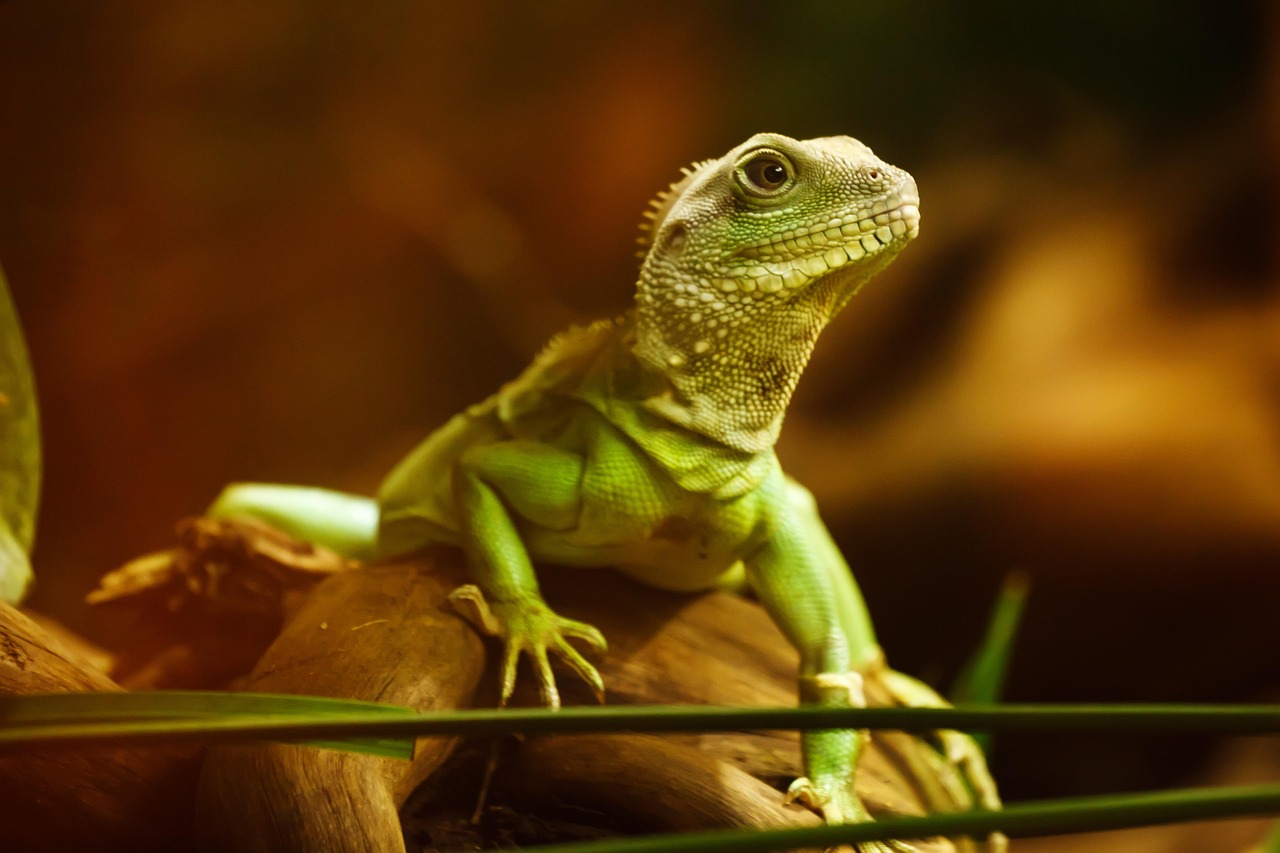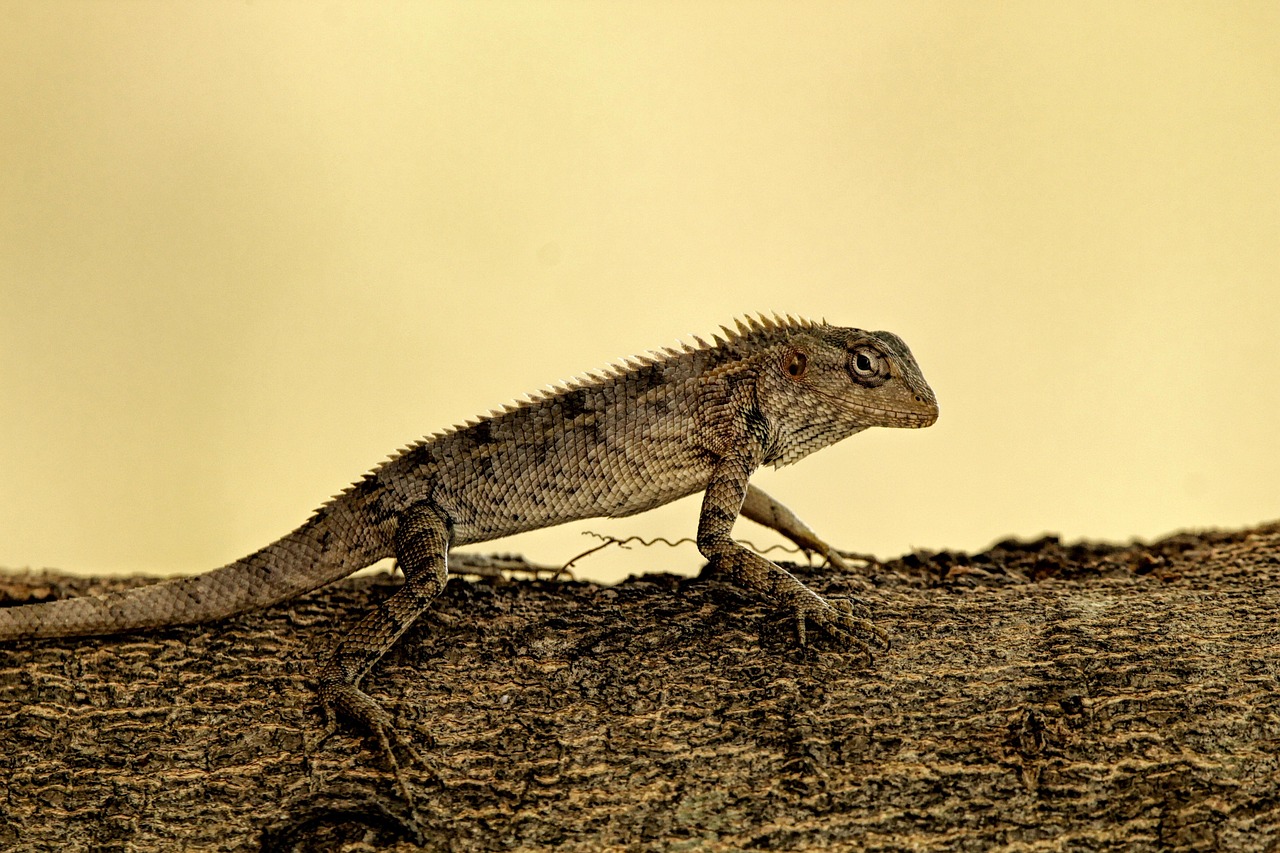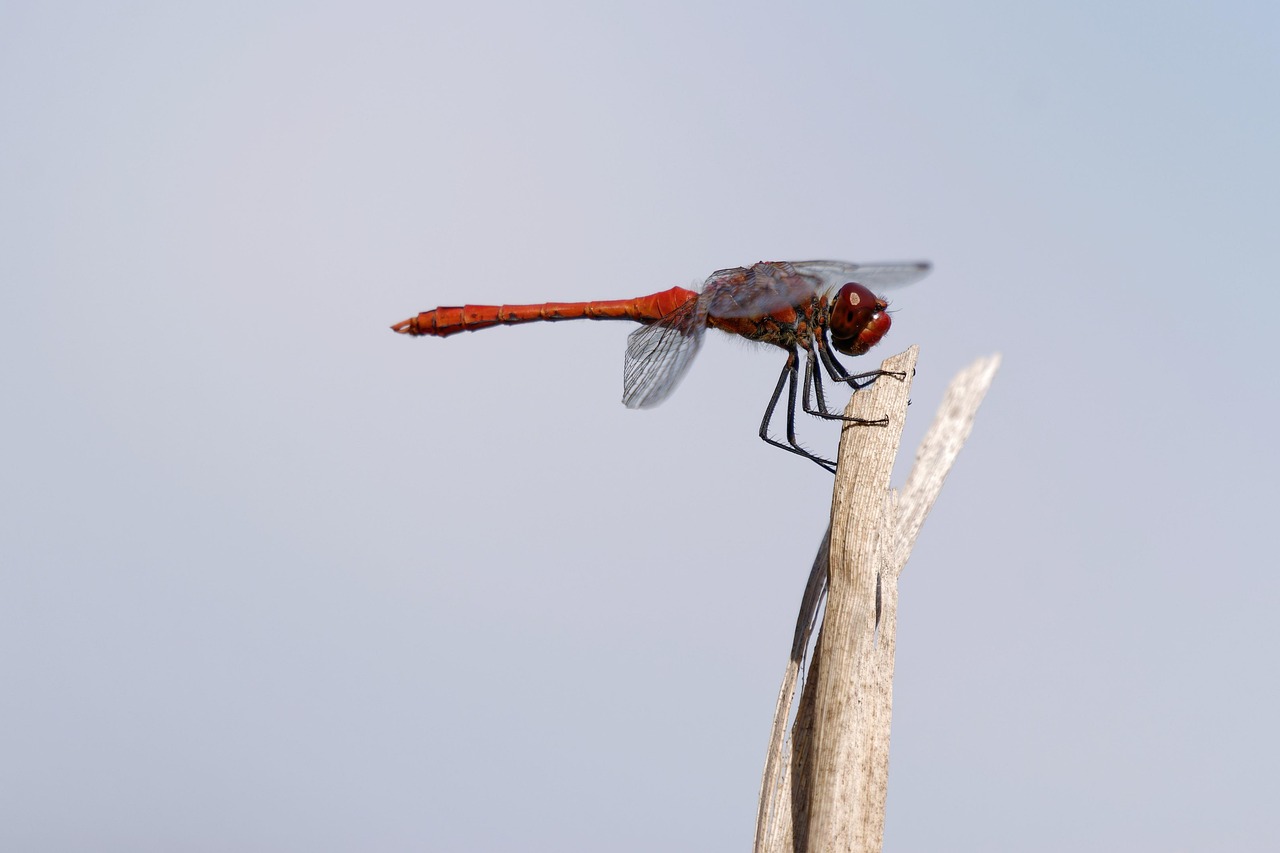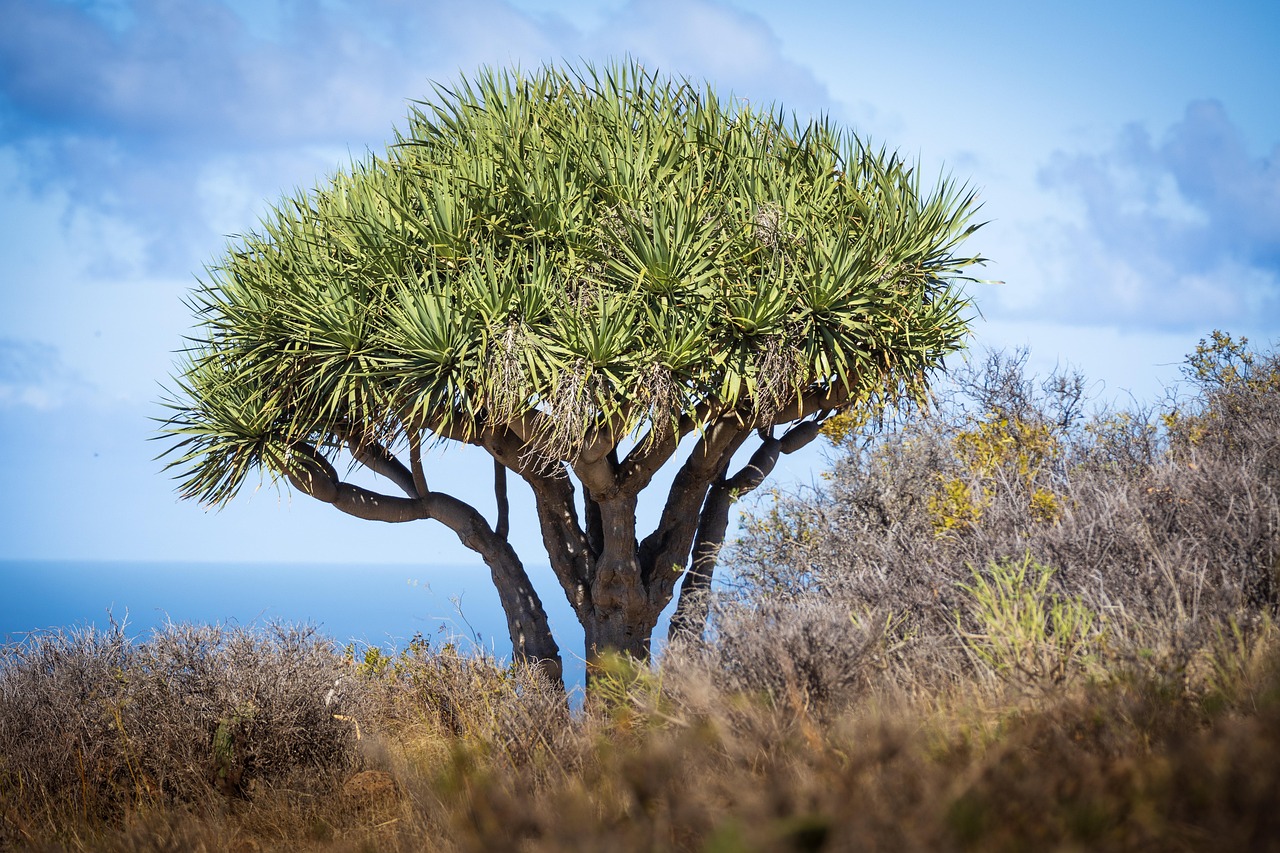The Dragon Tree, or Dracaena marginata, typically grows slowly indoors, averaging about 12 to 36 inches per year. Its colony expansion occurs through offsets, or ‘pups,’ that can be separated and replanted to create new plants.
Originating from Madagascar, the Dragon Tree is a popular houseplant known for its striking appearance. Its long, slender leaves grow from the top of a woody stem, resembling a tree. This plant not only enhances indoor aesthetics but also purifies the air, making it a favorite among plant enthusiasts.

The growth rate of the Dragon Tree varies depending on several factors, including light conditions, soil quality, and humidity levels. Outdoors, in its natural habitat, it can reach heights of up to 20 feet. However, indoors, it is often limited by the constraints of pot size and environmental conditions.
Understanding Growth Conditions
To optimize the growth rate of a Dragon Tree indoors, certain conditions must be met. These include proper lighting, watering practices, and temperature control. Below are some critical aspects to consider:
- Light: Dragon Trees thrive in bright, indirect sunlight. Too much direct sunlight can scorch the leaves, while insufficient light will stunt growth.
- Water: These plants prefer to dry out between waterings. Overwatering can lead to root rot, while underwatering may cause leaf drop.
- Temperature: Ideally, temperatures should range between 65°F and 80°F. They do not tolerate cold drafts or sudden temperature changes well.
- Humidity: While Dragon Trees are relatively adaptable, higher humidity levels can promote healthier growth. A humidity level of 40% to 60% is ideal.
Maintaining these conditions creates an environment where the Dragon Tree can flourish. As it grows taller, the plant will start producing offsets. These offsets are small plants that grow at the base of the main tree.

Colony Expansion through Offsets
The ability of the Dragon Tree to produce offsets allows for easy propagation and colony expansion. These offsets can be separated from the main plant once they are at least a few inches tall and have developed their own roots.
Here’s a simple guide to propagating Dragon Trees through offsets:
- Identify healthy offsets that have grown at least a few inches tall.
- Carefully separate the offset from the main plant, ensuring that some roots remain attached.
- Plant the offset in a small pot with well-draining soil.
- Water lightly and place the pot in a location that receives bright, indirect sunlight.
- Monitor the new plant for signs of growth as it acclimates to its new environment.
By following these steps, you can easily expand your collection of Dragon Trees and create a lush indoor garden. The propagation process not only increases your plant inventory but also adds to the visual appeal of your living space.

Growth Rate Insights
The growth rate of a Dragon Tree can be influenced by various factors beyond basic care. Here are some additional insights into how growth can vary:
| Factor | Impact on Growth Rate |
|---|---|
| Soil Quality | Poor soil can stunt growth; use well-draining potting mix for best results. |
| Container Size | A larger pot allows for better root development and faster growth. |
| Nutrient Availability | Regular feeding during the growing season can enhance growth. |
| Pest Issues | Pests like spider mites can slow growth; regular checks are essential. |
Understanding these factors can help you create an ideal environment for your Dragon Tree. By paying attention to its needs and making adjustments as necessary, you can encourage robust growth and enjoy the benefits of this unique plant indoors.
Common Issues Affecting Dragon Tree Growth
While Dragon Trees are generally resilient, they can encounter several issues that may hinder their growth. Recognizing these problems early can help you take corrective actions and maintain the health of your plant. Below are some common issues and their solutions:
Overwatering and Underwatering
Watering is crucial for the health of your Dragon Tree. However, both overwatering and underwatering can cause significant stress to the plant.

- Overwatering: This is one of the most common issues. Signs include yellowing leaves, wilting, and mushy roots. To prevent overwatering, ensure that the pot has proper drainage and only water when the top inch of soil feels dry.
- Underwatering: Symptoms include browning leaf tips and drooping leaves. To remedy this, increase your watering frequency but ensure that it is balanced with good drainage.
Pest Infestations
Pests can be an obstacle to healthy growth. Common pests that affect Dragon Trees include spider mites, mealybugs, and scale insects.
To manage pest infestations effectively:
- Regularly inspect your plant for signs of pests, such as webbing or sticky residue.
- If you find pests, treat them with insecticidal soap or neem oil.
- Isolate affected plants to prevent the spread of pests to other houseplants.
Optimal Soil and Fertilization Practices
The right soil mixture is vital for the Dragon Tree’s growth. A well-draining potting mix helps avoid root rot and promotes healthy root development. Here are some recommendations:
- Soil Type: Use a potting mix that includes peat moss, perlite, and pine bark to ensure proper aeration.
- Fertilizer: Feed your Dragon Tree with a balanced liquid fertilizer every 4-6 weeks during the growing season. Look for fertilizers with equal parts nitrogen, phosphorus, and potassium.
Additionally, you can use slow-release fertilizers. They provide a consistent nutrient supply over time, reducing the need for frequent applications.
Light Requirements for Healthy Growth
Light is a critical factor affecting the growth rate of Dragon Trees. Understanding their lighting needs can significantly enhance their health and appearance.
Types of Light
Dragon Trees thrive in bright, indirect light but can tolerate low light conditions. Here’s how different types of lighting affect their growth:
| Light Type | Impact on Growth |
|---|---|
| Bright Indirect Light | Optimal for growth; encourages vibrant leaf color and faster growth rates. |
| Low Light | Growth slows down; leaves may become leggy as the plant stretches towards light. |
| Direct Sunlight | Can scorch leaves; avoid placing the plant in direct sunlight for extended periods. |
Monitor your Dragon Tree’s response to light changes. If you notice leaves becoming yellow or brown, it may be a sign that it needs adjustment in lighting conditions.
Temperature and Humidity Considerations
The indoor environment, including temperature and humidity levels, plays a vital role in the overall health of your Dragon Tree.
Temperature Preferences
The ideal temperature range for Dragon Trees is between 65°F and 80°F. Here are some tips to maintain suitable temperatures:
- Avoid placing the plant near drafty windows or heating vents.
- Keep it away from extreme temperature fluctuations that can stress the plant.
Humidity Levels
While Dragon Trees can adapt to various humidity levels, they prefer moderate humidity around 40% to 60%.
To increase humidity, consider:
- Misting the leaves occasionally to provide some moisture.
- Using a pebble tray filled with water beneath the pot to increase local humidity without overwatering.
- Employing a humidifier during dry seasons or in arid climates.
A balanced approach to temperature and humidity will promote healthy growth and enhance your Dragon Tree’s overall vitality.
Pruning and Maintenance for Optimal Growth
Pruning is an essential aspect of caring for your Dragon Tree. Regular maintenance not only helps to shape the plant but also encourages healthy growth and prevents potential problems. Understanding when and how to prune can significantly impact the overall health of your plant.
When to Prune
The best time to prune your Dragon Tree is during the growing season, typically in spring and summer. During this period, the plant is actively growing and will recover more quickly from pruning.
How to Prune
Follow these steps for effective pruning:
- Identify Dead or Damaged Leaves: Look for any yellowing or brown leaves that are no longer healthy. These can be removed at the base to improve the plant’s appearance and health.
- Trim Leggy Growth: If your Dragon Tree is becoming too tall or leggy, cut back the top growth to encourage a bushier shape. Make cuts just above a leaf node to promote new growth.
- Remove Offsets: If your plant has produced offsets, you can remove them at this time. This not only helps in propagating new plants but also allows the main tree to focus its energy on growth.
After pruning, monitor the plant closely for signs of recovery. New growth should start to appear within a few weeks, indicating that the plant is responding well to the pruning.
Repotting Your Dragon Tree
As your Dragon Tree grows, it may outgrow its pot. Repotting is necessary to provide enough space for root development and ensure continued growth.
When to Repot
Signs that it’s time to repot include:
- Roots growing out of the drainage holes.
- Soil drying out too quickly after watering.
- The plant appears top-heavy or unstable.
How to Repot
Follow these guidelines to repot your Dragon Tree successfully:
- Select a New Pot: Choose a pot that is 1-2 inches larger in diameter than the current one. Ensure it has drainage holes.
- Prepare New Soil: Use a well-draining potting mix suitable for indoor plants.
- Remove the Plant: Gently remove the Dragon Tree from its current pot, taking care not to damage the roots.
- Place in New Pot: Position the plant in the new pot and fill in with fresh soil, ensuring the root ball is level with the rim of the pot.
- Water Thoroughly: After repotting, water the plant deeply to help settle the soil around the roots.
Repotting can be stressful for plants, so it’s essential to provide extra care afterward. Keep an eye on light and watering needs as the plant adjusts to its new environment.
Common Diseases Affecting Dragon Trees
Dragon Trees can be susceptible to a few diseases that may affect their growth and vitality. Identifying and treating these diseases early is crucial for maintaining a healthy plant.
Root Rot
This is often caused by overwatering or poorly draining soil. Signs of root rot include:
- Soggy soil texture.
- Wilting leaves despite adequate watering.
- Blackened roots when inspecting under the soil.
If you suspect root rot, remove the plant from its pot, trim away affected roots, and repot in fresh, well-draining soil.
Leaf Spot
This fungal disease manifests as dark spots on leaves. To manage leaf spot:
- Avoid overhead watering, which can splash water onto leaves.
- Ensure good air circulation around the plant.
- Treat with a fungicide if necessary.
Monitoring for Growth Progress
Keeping track of your Dragon Tree’s growth can help you determine how well it is adapting to its environment. Here are some tips for monitoring progress:
- Regular Observations: Check your plant weekly for changes in leaf color, growth patterns, and overall health.
- Document Growth: Take photos or keep a journal to record height changes and leaf development over time.
- Adjust Care as Needed: Based on your observations, modify care practices to meet your plant’s needs effectively.
This proactive approach ensures that your Dragon Tree remains healthy and continues to thrive indoors, providing beauty and air purification for your space.
Benefits of Growing Dragon Trees Indoors
Growing Dragon Trees indoors offers numerous benefits beyond their aesthetic appeal. These plants are known for their ability to improve indoor air quality and create a calming atmosphere. Here are some of the advantages of having a Dragon Tree in your home:
- Air Purification: Dragon Trees are effective at removing toxins from the air, helping to create a healthier living space.
- Low Maintenance: These plants require minimal care, making them perfect for busy individuals or beginners in gardening.
- Adaptability: Dragon Trees can thrive in various indoor conditions, adapting well to different light levels and humidity.
- Aesthetic Appeal: With their unique appearance, Dragon Trees add a touch of greenery and elegance to any room.
With these benefits, it’s no wonder that many people choose to incorporate Dragon Trees into their homes. They not only enhance the decor but also contribute positively to the indoor environment.
Propagating Dragon Trees for Expansion
As discussed earlier, Dragon Trees can produce offsets, allowing for easy propagation and colony expansion. Propagating your Dragon Tree not only increases your collection but also enables you to share this beautiful plant with friends and family.
Steps for Successful Propagation
- Choose Healthy Offsets: Select offsets that are at least a few inches tall and have developed roots.
- Separate Carefully: Use clean, sharp scissors or pruning shears to cut the offset away from the main plant, ensuring minimal damage to both parts.
- Prepare New Pot: Fill a small pot with a well-draining potting mix suitable for indoor plants.
- Plant the Offset: Place the offset in the new pot and water lightly.
- Provide Proper Care: Keep the new plant in bright, indirect light and monitor its watering needs as it acclimates.
This process not only allows for the expansion of your indoor garden but also fosters a sense of accomplishment as you nurture new plants from your original Dragon Tree.
Understanding Growth Expectations
When growing Dragon Trees indoors, it’s essential to have realistic expectations regarding their growth rate. While they can grow between 12 to 36 inches per year under optimal conditions, several factors may influence this rate. For example, a lack of proper light or nutrients can slow down growth significantly.
Adjusting Expectations Based on Conditions
If you notice that your Dragon Tree is growing slower than expected, consider evaluating its growing conditions:
- Light Exposure: Ensure it receives adequate bright, indirect light.
- Watering Schedule: Adjust your watering routine based on the season and humidity levels.
- Nutrient Supply: Check if you are providing enough nutrients during the growing season.
By understanding and adjusting these factors, you can help your Dragon Tree thrive and reach its full potential.
Final Thoughts
The Dragon Tree is an exceptional choice for indoor gardening enthusiasts. Its unique appearance, air-purifying qualities, and low maintenance requirements make it a favorite among many. By understanding its growth rate, care needs, and propagation techniques, you can successfully cultivate a thriving Dragon Tree colony in your home.
Whether you are a seasoned plant parent or just starting, incorporating the Dragon Tree into your indoor space is sure to bring joy and beauty. With proper care and attention to its needs, your Dragon Tree will reward you with healthy growth and an inviting atmosphere for years to come.
As you embark on your journey with Dragon Trees, remember to enjoy the process. Each plant has its unique personality and growth story, making indoor gardening a fulfilling and enriching experience.
